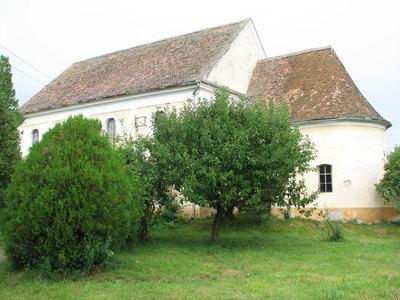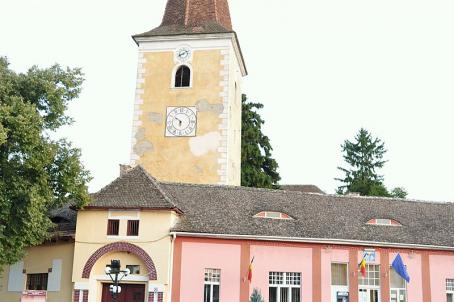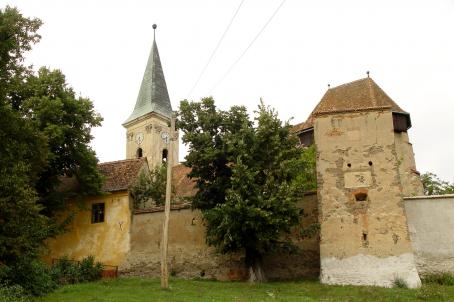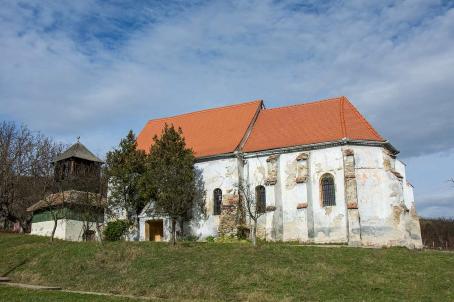Şona Fortified Church

Beginning of the 16th century a hall church with narrow chancel has been built in Şona. In the 19th century the church was rebuilt in Neoclassical style, but only after the bell tower has been erected southern from the church. The assembly was surrounded by a curtain wall with defence tower, of which only some remains are still preserved. The interior Neoclassical furnishing includes the organ from 1852 and the pulpit and altar from 1847.
A field called “At Martin’s Church” is located 2,5 km away from the church. There the remains of an old church were found, which might be the one mentioned in a document dated 1252. The report stated that the son of Count Martin sold part of its land between the two Târnava Rivers, where three villages and a Martin’s church were to be found, to another Count.
About this building
For more information visit on this building visit https://kirchenburgen.org/en/location/schoenau-sona/





